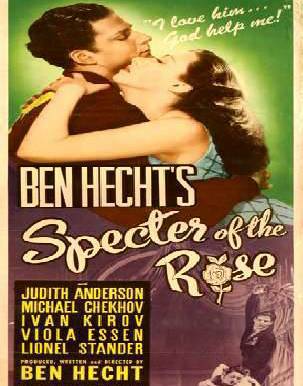 True film noir fans know that back alleys, lonely streets and bar rooms aren’t the only place for angst-ridden protagonists to play out their sagas of doom and struggles against Fate.
True film noir fans know that back alleys, lonely streets and bar rooms aren’t the only place for angst-ridden protagonists to play out their sagas of doom and struggles against Fate.
In fact, dance critic Debra Levine over at http://artsmeme.com has coined a name for a new sub-genre: ballet noir. Well, I can attest that most femmes fatales and their fall guys have done their pirouettes with temptation and pas de deux with The Law. And of course I’ve always been partial to pink.
For her main proof point, Levine points to “Specter of the Rose,” a 1946 passion project of legendary Hollywood screenwriter Ben Hecht and a rare “prestige” offering from Republic Pictures.
Set in the world of classical ballet, “Specter” is a psychological melodrama about an aging dance instructor and a scurrilous impresario who promote the comeback of a stupendous dancer, also suspected to be mad—and possibly murderous.
Judith Anderson, Michael Chekhov, Ivan Kirov star. Hecht wrote, directed and produced. Cinematographer Lee Garmes co-produced and shot the flick.
See “Specter of the Rose” for yourself this Saturday, July 19, at 7:30 p.m. at the Billy Wilder Theater in Westwood. Levine and her partner in crime Bryan Cooper of the Hollywood Heritage Museum will introduce the film. http://www.cinema.ucla.edu/events/2014-07-19/specter-rose-1946






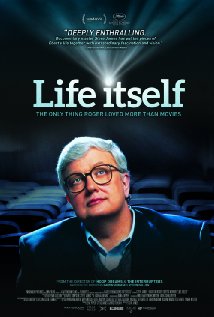

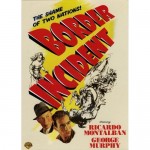
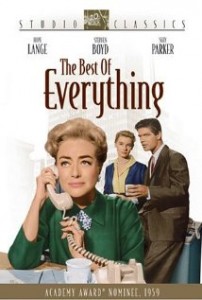
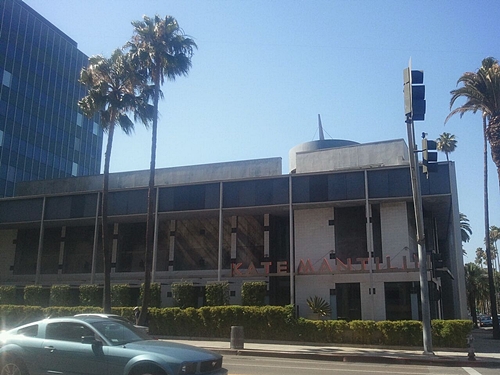
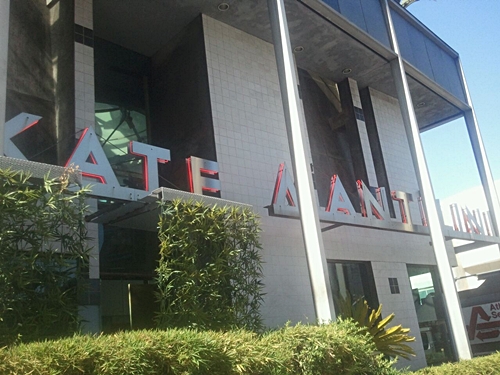
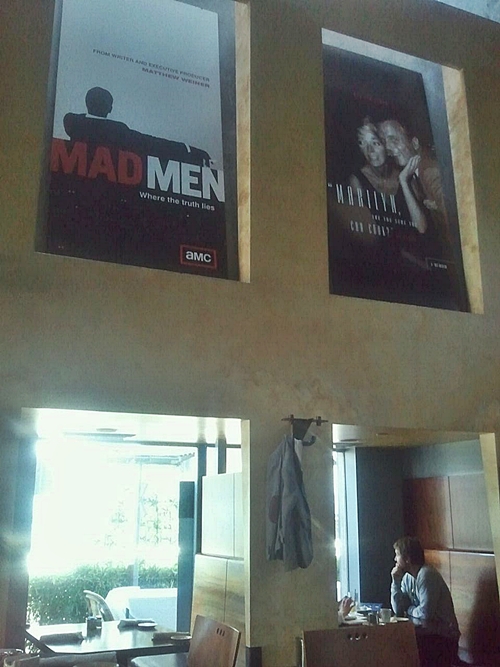
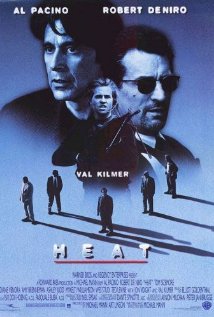

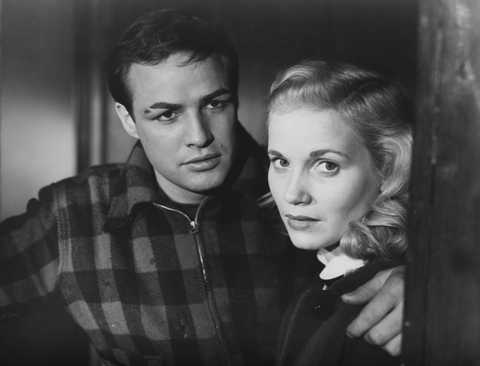
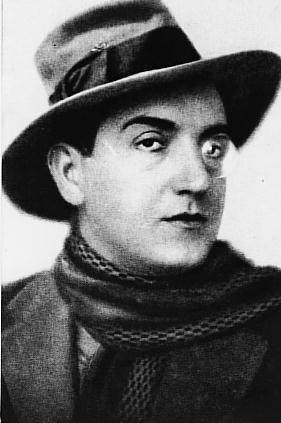
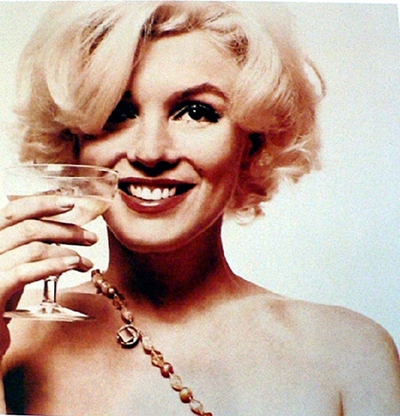
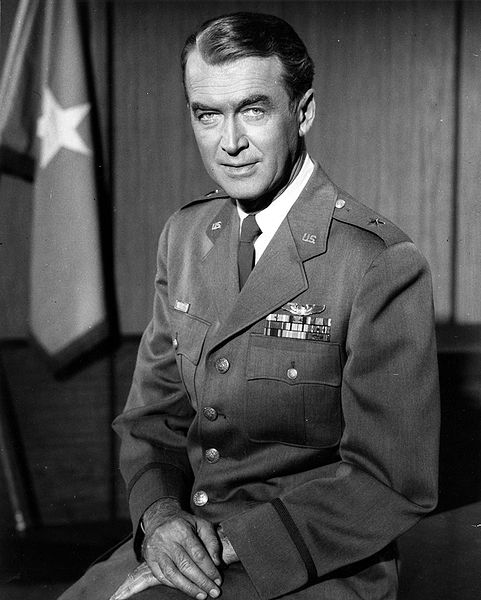





From FNB readers